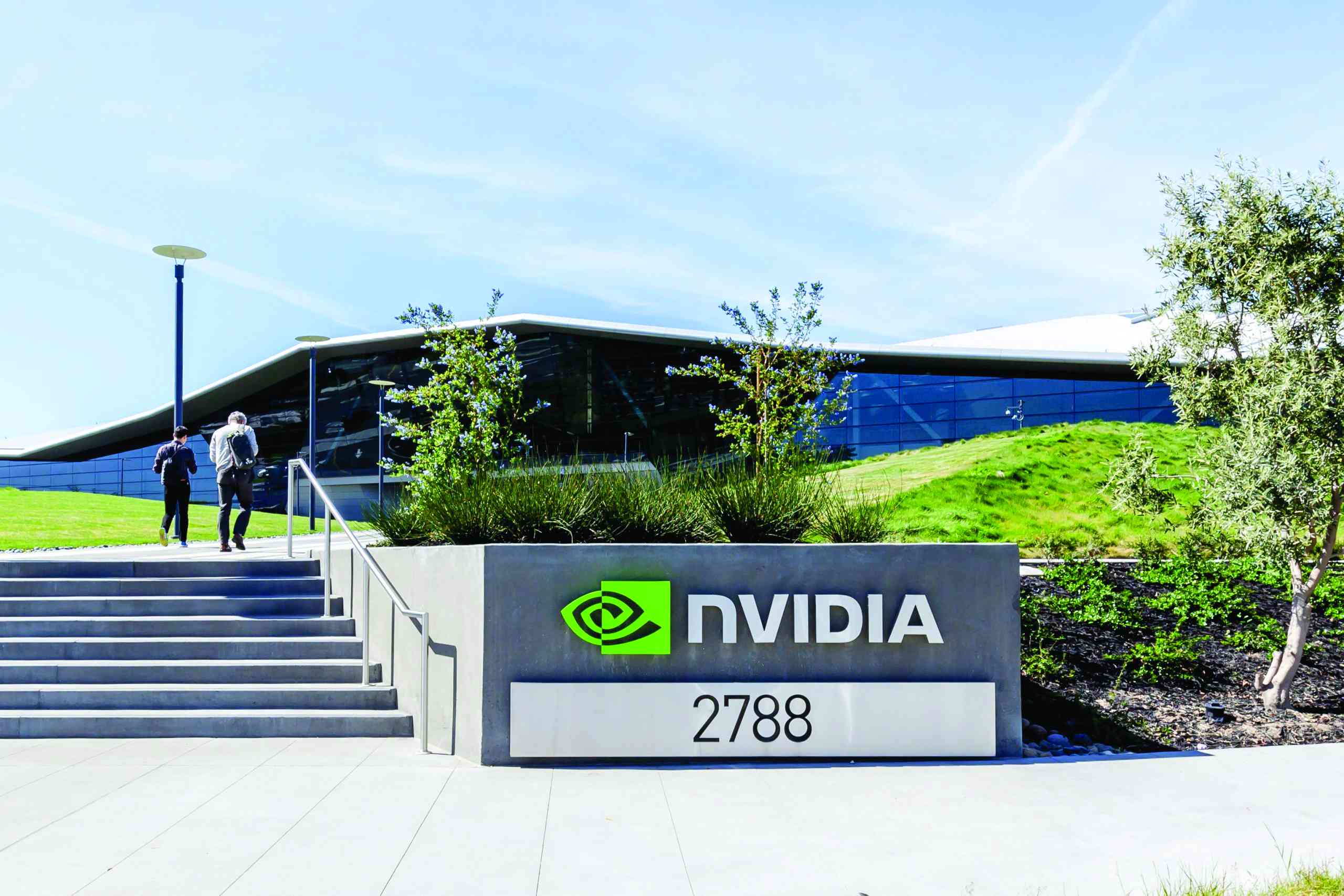
PIGGY has always advocated for individuals and households to consider ways of generating passive income.
This is basically money that you earn that does not require one to do a lot of active work to continue making it. One interesting way of generating income streams is investing in dividend-paying stocks.
Piggy notes that dividend stocks can provide investors with predictable income as well as long-term growth potential.
This is one reason why Warren Buffer likes Coca-Cola.
The beverages giant has been a great dividend stock for generations and has increased its dividend for 59 consecutive years. Warren Buffett bought a significant stake in Coca-Cola (equivalent to 6,2% of the company).
The stock remains one of Berkshire Hathaway's (Warren Buffet’s investment company) biggest holdings.
In a filing in November 2020, the company listed Coca-Cola in its number three spot in dollar value, behind Bank of America and Apple.
Coca-Cola is an example of a dominant company in the beverage industry.
- What does it take to be CEO
- Piggy’s Trading & Investing Tips: Corporate raiders on ZSE
- Why invest in gold?
- US dollar liquidity preference
Keep Reading
The company sells 500 brands of beverages, from Costa Coffee to vitamin water, in 200 countries. Coca-Cola's iconic name and global reach created a "moat" around its core soft drink product.
In his book, titled, Get Rich with Dividends’ (2012), Marc Lichtenfeld’s notes that investing in dividend stocks is the best way to make money in the stock market over the long term.
Lichtenfeld also came up with the10-11-12 System that is designed so that, in 10 years, the investor will be generating 11% yield and will have averaged a 12% annual return on his or her portfolio.
He also states that besides spreading the gospel of dividend investing, his objective is to give readers a process for achieving their financial goals that has three simple but key components;
It had to be easy to understand and implement
It had to work
It had to be inexpensive
However, for one to fully appreciate the dividend investing system, there is need to understand the basics as well as the different types of dividends.
What is a dividend?
According to the Corporate Finance Institute, a dividend is a share of profits and retained earnings that a company pays out to its shareholders.
When a company generates a profit and accumulates retained earnings, those earnings can be either reinvested in the business or paid out to shareholders as a dividend.
The annual dividend per share divided by the share price is the dividend yield. The following are the steps of how it works:
The company generates profits and retains earnings;
The management team decides some excess profits should be paid out to shareholders (instead of being reinvested);
The board approves the planned dividend;
The company announces the dividend (the value per share, the date when it will be paid, the record date); and
The dividend is paid to shareholders.
The different types of dividends
Companies can decide to pay dividends in several different forms, from cash to additional stock shares.
Cash dividends
This is the payment of actual cash from the company directly to the shareholders and is the most common type of payment.
The payment is usually made electronically (wire transfer).
Stock dividends
These are paid out to shareholders by issuing new shares in the company.
These are paid out pro-rata, based on the number of shares the investor already owns.
Property dividends
A company is not limited to paying distributions to its shareholders in the form of cash or shares. It may also pay out other assets such as investment securities, physical assets and real estate, although this is not a common practice.
In the case of a property dividend, a company distributes property to shareholders instead of cash or stock. Property dividends are recorded at market value on the declaration date.
They can take the form of railroad cars, cocoa beans, pencils, gold, silver, salad dressing, or any other item with tangible value.
Special dividend
This is one that is paid outside of a company’s regular policy (i.e., quarterly, annual, etc.). It is usually the result of having excess cash on hand for one reason or another.
A company often issues a special dividend to distribute profits that have accumulated over several years and for which it has no immediate need.
Special one-time dividends
In addition to regular pay-outs, there are times a company may pay a special one-time dividend.
These are rare and can occur for a variety of reasons, such as a major litigation win, the sale of a business, or liquidation of an investment. They can take the form of cash, stock, or property dividends.
Dividend reinvestment programmes
Investors in DRIPs can reinvest any dividends received back into the company's stock, often at a discount.
Overall, Piggy recommends investors to seek exposure in dividend stocks as they provide a stable and growing income stream.
Dividends are more likely to be paid by well-established companies that no longer need to reinvest as much money back into their business.
High-growth companies, such as tech or biotech companies, rarely pay dividends because they need to reinvest profits into expanding that growth.
However, once a company establishes or raises a dividend, investors expect it to be maintained, even in tough times.
Because dividends are considered an indication of a company's financial well-being, investors often will devalue a stock if they think the dividend will be reduced, which lowers the share price.
For more insights, join a PiggyBankAdvisor WhatsApp Group (+263 78 358 4745).
- Matsika is the managing partner at Mark & Associates Consulting Group and founder of piggybankadvisor.com. — +263 78 358 4745 or [email protected] / [email protected].











